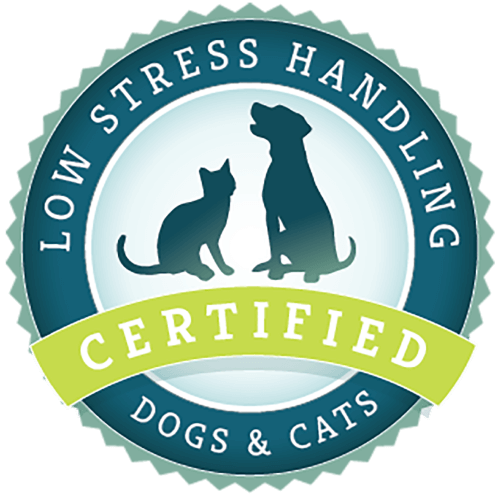What article are you looking for?
Category: CattleDog Publishing Newsletter
Litter Box Basic: How to Choose the Best Box for Your Cat
#2: Covered vs Uncovered: When given a choice, cats prefer uncovered to covered litterboxes. If you are unsure which your cat prefers? Place a covered box next to an uncovered one and see which one you cat visits more frequently. Covered litter boxe Photo courtesy of Ben Bricker #3 Low Sided vs. High Sided: Some cats prefer a low sided box to a high sided one. If you have a cat eliminating outside the box but right next to the box, try a low sided box. It may be your cat has some
Why is my Dog Having Accidents in the House?
When your dog has an accident in the house, it is easy to believe the dog is acting out of spite or some other defiant motive, but this is not the case. There can be medical causes or behavioral causes for eliminating in the house. There can also be a lack or loss of house-training. Getting to the root of the problem will ensure proper treatment and the best chance for a successful resolution of the problem. Medical Causes: When a previously house-trained dog begins to have accidents in the house, the first thing to do is to rule out medical
Introducing Your Dog to Other Animals
Introducing a new dog to the pets of your home can be a little tricky at first. You want your current pets and your new pet to live comfortably with everyone. Keep in mind that realistic expectations are important. Some dogs are not capable of getting along with other dogs. Some dogs have such a strong reaction to smaller animals that their instinct to chase and catch will override their ability to stay calm (this is known as a strong prey drive). The key to ensuring good first interactions and blending the new family together is to separate everyone initially,
Separation Anxiety: The Fear of Being Alone
Dogs are highly social, and most dogs thrive best when they have company. Being alone results in separation anxiety and other separation-related behaviors for many dogs. How do I know if my dog has separation anxiety? Signs of separation anxiety include increased barking, howling, and whining, destructive behaviors and having “accidents” in the house. Many dogs with separation anxiety are very attached to a person or persons (this is sometimes called “Velcro dog” because they’re so clingy), but not all Velcro dogs have separation anxiety. Velcro dogs are often overjoyed when you come home and look “sad” or “depressed” when
The Drug Resistant Client – Understanding Why Clients Would Refuse Medications
We cannot force our clients to take our recommendations. We can ask why they are resistant and listen. Creative, empathetic use of both less stressful care and appropriate medications can help reduce a client’s resistance to their use.
Low Stress Vet and Tech Communication – From the Technician’s Point of View
Communication between the technicians and the veterinarian is crucial to making vet visits as Low Stress as possible. The most important thing to remember is that you are all working together as a team to give your patients a better experience in the veterinary clinic.

Low Stress Handling® Silver-Level Certification
Individual Certification at this level demonstrates to clients and employers the individual’s dedicated interest in Low Stress Handling®. Hospital Certification at this level demonstrates to clients and staff the hospital’s commitment to appropriately training staff in Low Stress Handling® methods.
Learn More
